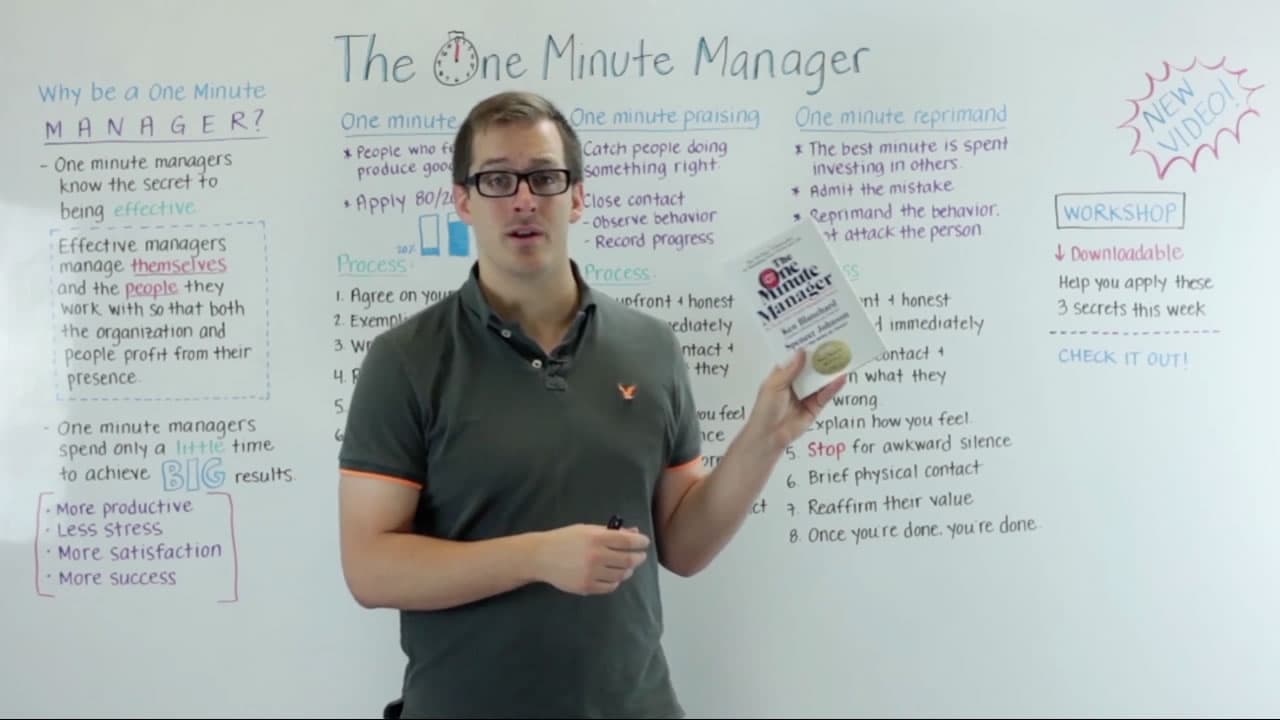
15 Oct How To Easily Set Goals With Your Staff Members
Goals Equal Productivity
We want to be productive. Some people try to be productive by working a lot faster, but in the end we only have 24 hours in a day. And as leaders, our productivity is determined by more people than just us. Everyone that you oversee ultimately determines how productive you can become. Now, people who feel good about themselves produce more results and this kinda just makes sense. The more secure you are in your job, the more confidence you have in it, the happier you’re gonna be and the better results you’re gonna produce.
But as a standard in work relationships, the manager and the employee aren’t on the same page with what everyone is responsible and accountable for. Oftentimes their ideas and expectations are something completely different. In the context of church, your staff members might think that they only oversee a certain area of a ministry or that they’re only responsible for X, Y, and Z. But in reality, you’re thinking that they’re responsible for a lot more than just that. When this happens, it kills productivity and often leads to misunderstanding and poor performance. By taking the time to sit down with each of your staff members and establishing goals, you will not only bring clarity to expectations, but you’ll also set them up to be as productive as possible. Here’s how you do this.
Setting Goals With Staff
Now let’s be realistic. It’s impossible for you to sit down and go over every goal and expectation with each staff member. That would take a ton and a half of time. So in order to conserve time but still have maximum impact you’re gonna apply the 80/20 rule to the staff members responsibilities.
The 80/20 rule says that 20% of your work is actually what yields 80% of the results. If you’re not sure what that 20% is for you that yields 80% of the results, our video summary and workshop for the book The One Thing will take you through exactly how to identify that 20%.
This will be the first step in your process in setting goals with your employees. Help them find their 20%. This way, you can focus the rest of the meeting on setting goals for this 20% since it will yield the most productivity anyways.
After you do that, talk through what goals and expectations should exist for both yourself and for your staff members. This will get you both on the same page with expectations. Once these are determined, it’s essential that you both agree upon these goals. Allow room for discussion so that your staff member feels comfortable with the goals and action step set in front of them. If they feel comfortable with them, they are more likely to be able to achieve these goals.
A large part in making them feel comfortable is by finding a way to model or show them what good behavior looks like in accomplishing those goals. That way they already know going into it what the win looks like and what they need to do in order to achieve it.
And last but definitely not least, you’re gonna write out on paper all of those goals and expectations that were discussed and agreed upon. Be sure to keep a copy for yourself and make a copy for your staff member. Also it’s important to keep this document under 250 words. You don’t wanna lengthy document because you and your staff members need to be able to go back and reference these goals as often as needed. Always keeping those goals fresh in your head so that you’re making sure that you’re holding up your end of the bargain and that your employee is on track to accomplish the goal. If they are not modeling the behavior agreed upon or not on track to accomplish the goal, you can sit down and have them review what they agreed upon and get back to modeling the correct behavior.
This way, even when you need to correct an employee, you don’t need to waste valuable time trying to explain what they did wrong. This simple process will save you a ton of time in meetings as well as greatly increase your productivity as a team.
For more great leadership ideas, check out our video on The One Minute Manager.



